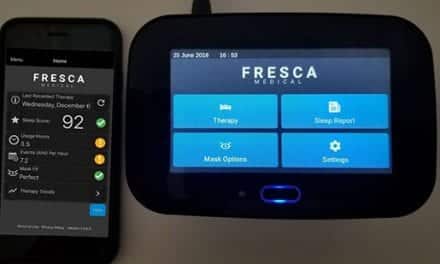A payor reimbursement expert explains the difference between G codes and CPT codes for unattended sleep studies.
G codes are Healthcare Common Procedure Coding System (HCPCS) codes assigned by the Centers for Medicare & Medicaid Services (CMS) to track utilization of services and procedures.
The G codes are temporary codes used by CMS to track utilization before services and procedures are designated Current Procedure Terminology (CPT) codes. G codes are reimbursed using CMS carrier pricing, established by the local CMS jurisdiction fee schedule.
The G codes are retired at the discretion of CMS—typically after services and procedures are assigned permanent CPT codes. However, home sleep apnea testing (HSAT) G codes, established in 2008, have not yet been retired by CMS, despite the establishment of permanent CPT codes for HSAT testing, and this has led to some confusion among HSAT providers.
The use of G codes in lieu of CPT codes to report HSAT testing is dependent upon the insurance carrier. So sleep professionals must use whichever type of code the patient’s health plan requires.
Adding to the potential confusion: The G codes do not directly crosswalk to the CPT codes. There are currently 3 G codes and 3 CPT codes for HSAT, but they do not directly correlate. Therefore, the HSAT provider should understand the description of each code (listed below).
The G-Codes for HSAT
G0398: Home sleep study test with type II portable monitor; unattended; minimum of 7 channels: EEG, EOG, EMG, ECG/heart rate, airflow, respiratory effort, and oxygen saturation
G0399: Home sleep test with type III portable monitor; unattended; minimum of 4 channels: 2 respiratory movement/airflow, 1 ECG/heart rate and 1 oxygen saturation
G0400: Home sleep test with type IV portable monitor; unattended; minimum of 3 channels
The CPT Codes for HSAT
95800: Sleep study, unattended, simultaneous recording; heart rate, oxygen saturation, respiratory analysis (eg, by airflow or peripheral arterial tone), and sleep time
95801: Sleep study, unattended, simultaneous recording; minimum of heart rate, oxygen saturation, and respiratory analysis (eg, by airflow or peripheral arterial tone)
95806: Sleep study, unattended, simultaneous recording of, heart rate, oxygen saturation, respiratory airflow, and respiratory effort (eg, thoracoabdominal movement)
Amy J. Aronsky, DO, FAASM, is medical director at CareCentrix Inc and a member of Sleep Review’s editorial advisory board.
Have sleep medicine payor reimbursement questions? Leave your question in the comments section, and Aronsky may answer it in a future column.




What is the current status of the amendment to create a Stark exception for PAP devices?
Thanks for the article!
I always wondered in the G code definitions what a “channel” is. G0398 says “minimum of 7 channels: EEG, EOG, EMG, ECG/heart rate, airflow, respiratory effort, and oxygen saturation”.
Does each of these sensors need to be a dedicated sensor? Or can a device infer the EOG from the EEG electrodes or the heart rate from the blood oxygen sensor? Is this only about the information provided to the physician?
Does anybody know?